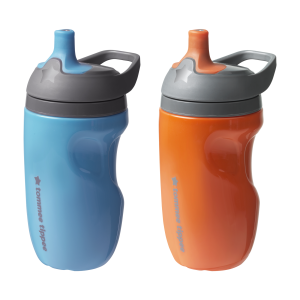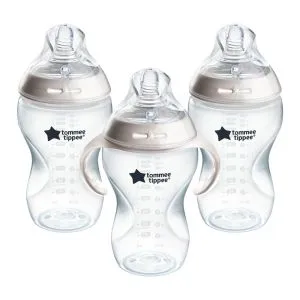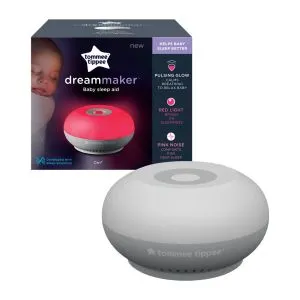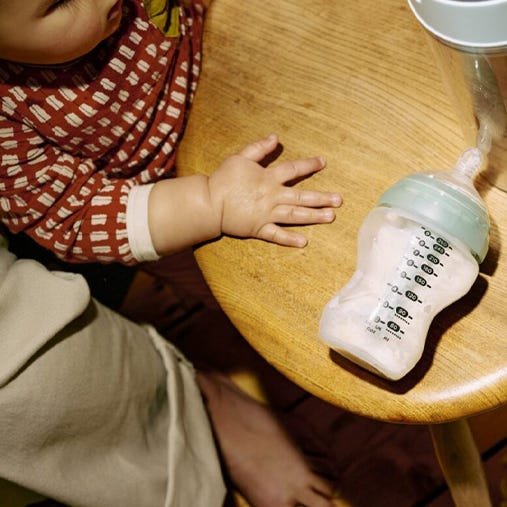Causes of reflux
Reflux usually starts in babies who are under eight weeks old as the muscles of their esophagus (food pipe) haven’t developed properly, meaning that milk and stomach acids can travel back up.
What is silent reflux?
Sometimes babies can show signs of reflux, but don’t spit out milk or visibly be sick. Instead, they swallow it. This is known as silent reflux. In cases of silent reflux, it's less obvious to parents and carers what's happening, but still painful and unpleasant for baby.
Treating colic
Regular winding, soothing them by rocking or cuddling, baby massage, skin-to-skin contact, and using an anti-colic bottle can all help to soothe colic. We have a dedicated guide to helping a baby with colic which goes into each in more detail.
Treating reflux
Babies with reflux who are happy, healthy, and gaining weight usually don’t need to see a doctor, but there are a few techniques you can try at home to help soothe and settle their symptoms.
- Keep your baby upright during and after feeding: Feeding and keeping baby in an upright position after feeding (ideally at least one hour) means that gravity can help keep the milk down. If your baby is breastfed and experiencing reflux, it may help to give a different breastfeeding position a go.
- Feed your baby slowly: Practising paced feeding, feeding your baby slowly, and giving formula-fed babies smaller feeds more often if they're formula-fed helps to prevent their tummy from becoming too full.
- Wind your baby regularly: Burping your baby regularly during and after feeds helps to release any trapped wind that may be making them uncomfortable.
- Keep a diary of feeds and symptoms: Recording your baby's feeds and symptoms in diary form can be helpful for the doctor to review if your baby is struggling to gain weight.
- Make sure they sleep on their back: Young babies who can't yet roll from their front to their back independently should always lie on their back – not their front or side – to sleep and never raise the head of their cot or Moses basket.
When do colic and reflux end?
Whether your baby has colic or reflux, the good news is that they don’t last forever, and most babies naturally grow out of them without treatment.
Colic symptoms usually ease when a baby is five or six months old, and reflux usually stops by the time a baby is one year old. However, if you're worried about your baby at any stage, you shouldn’t hesitate to ask your doctor for advice and support.











